Artwork Techniques are the various methods and processes employed by artists to create stunning visual pieces. Mastering different artwork techniques empowers artists to choose the right approach to communicate their ideas effectively, conveying emotions or concepts through their art. This article explores an array of painting techniques, from traditional to modern practices, and how they can shape your artistic expression.
Essential Painting Techniques
Painting is an art that encompasses numerous techniques, each serving a distinct purpose in the creation of visual narratives. Here we delve into some essential painting methods:
1. Watercolor Washes
Watercolor washes involve applying translucent layers of paint to create a soft, luminous effect. Ideal for landscapes and subtle backgrounds, this technique allows colors to blend seamlessly. 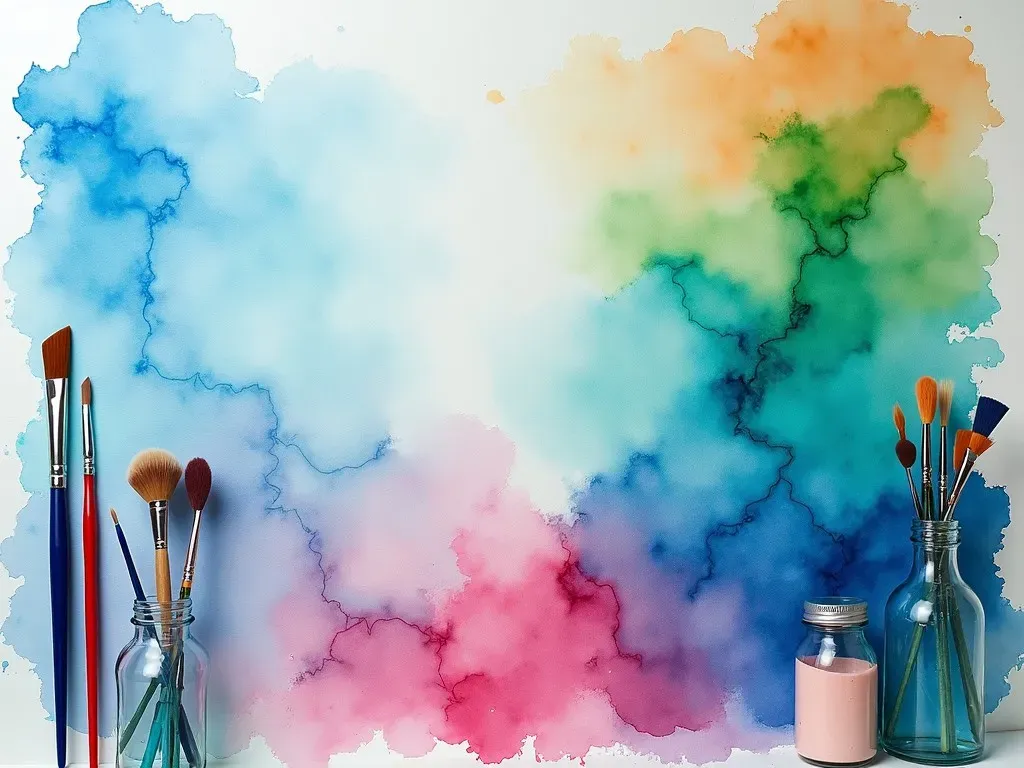
2. Glazing
Often used in oil painting, glazing entails applying thin layers of transparent paint over dried paint. This technique adds depth and richness, making colors appear more vibrant. 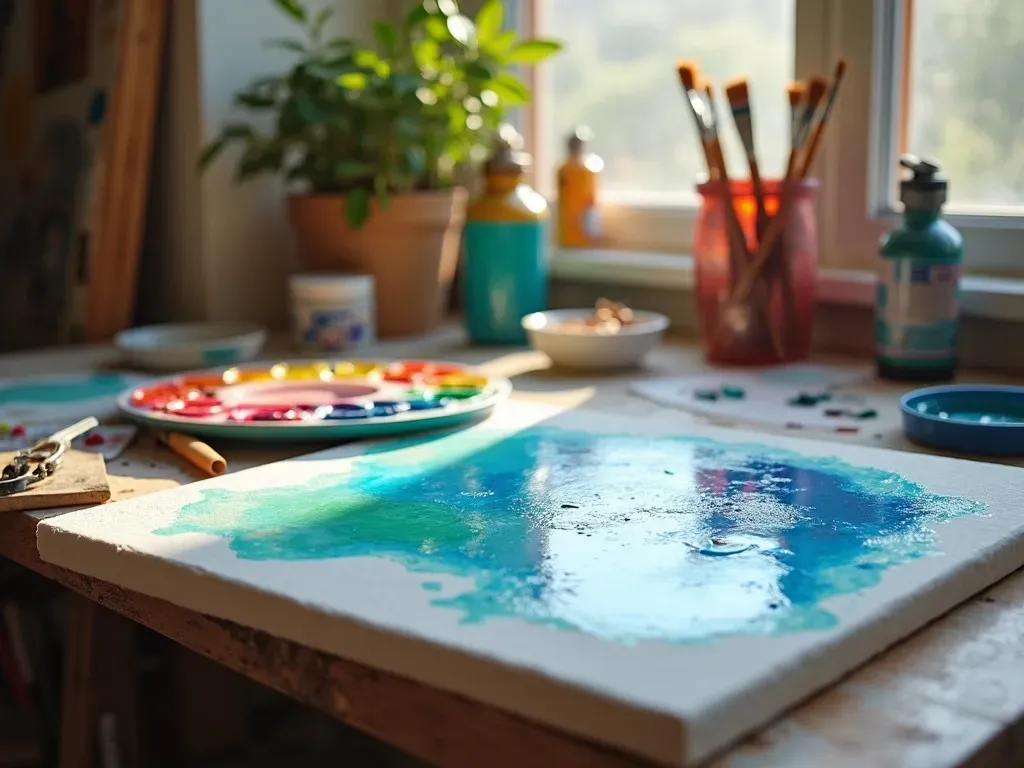
3. Impasto
Impasto is a technique that involves applying thick layers of paint, which creates a textured surface. This adds a three-dimensional quality to the artwork, enhancing its visual interest. 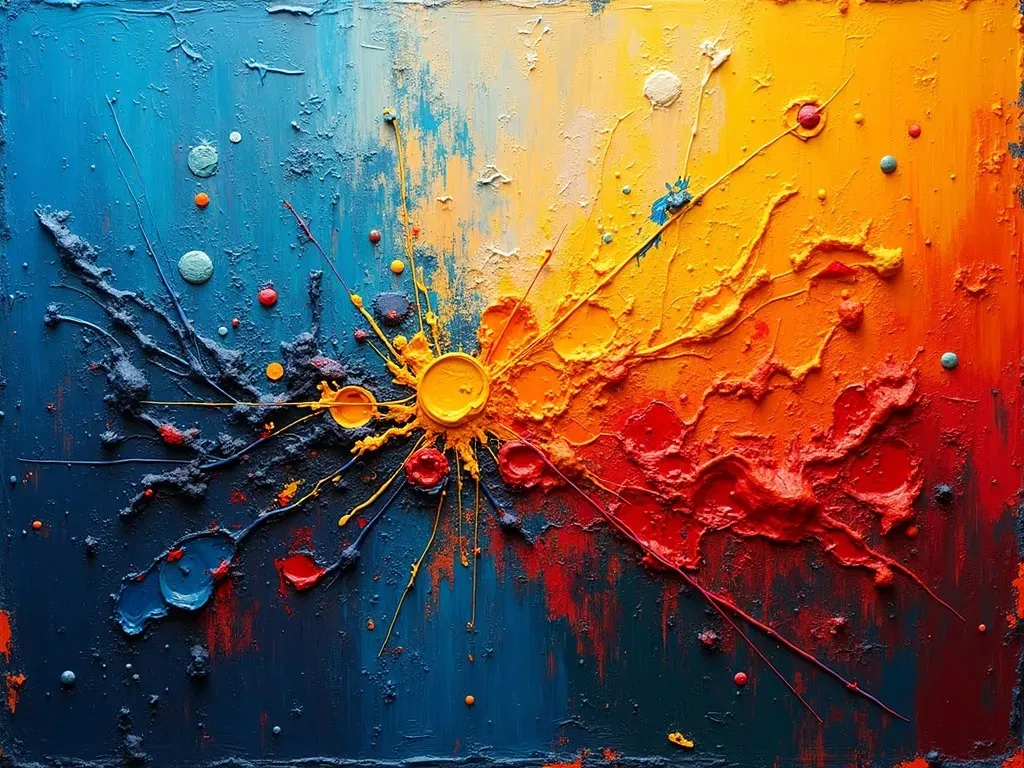
4. Stippling
Stippling makes use of tiny dots of color to form images. This meticulous technique is effective for creating detailed patterns and textures in compositions. 
5. Blocking In
Blocking in emphasizes establishing the primary shapes and colors of the composition’s structure. It serves as a foundation that can be built upon with additional detail and refinement. 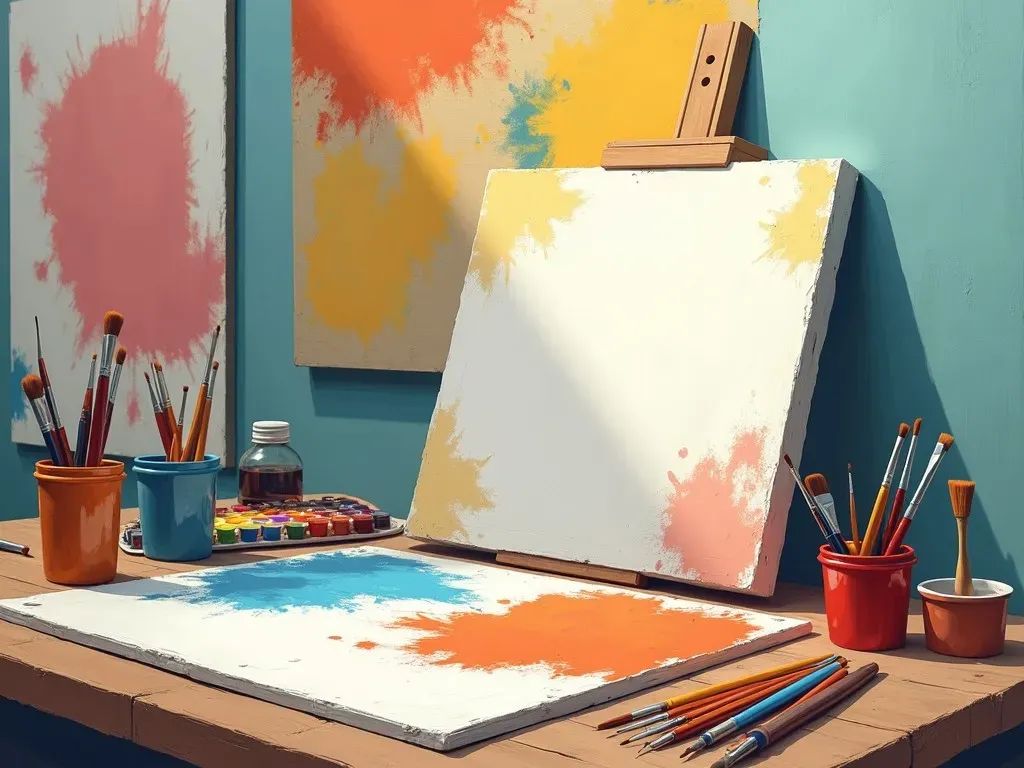
Different Types of Painting Techniques
Understanding the different types of painting techniques helps artists expand their repertoire. Below is a detailed table showcasing various techniques and brief descriptions of each:
| Technique | Description |
|---|---|
| Acrylic Pouring | A fluid technique where acrylic paint is poured onto the canvas. Decides how colors interact visually. |
| Sgraffito | Scratching through a layer of paint to reveal the color beneath. Adds texture and intrigue. |
| Frottage | Rubbing a pencil or crayon over a textured surface to create patterns. Often used in mixed media. |
| Pointillism | Comprising small dots of color to create an image. This technique emphasizes optical mixing. |
| Collage | Arranging and gluing various materials (like paper and fabric) onto a surface for a rich texture. |
6. Airbrush Technique
Utilizing an airbrush allows for smooth gradients and soft transitions in color. It’s frequently employed in both fine arts and commercial applications. 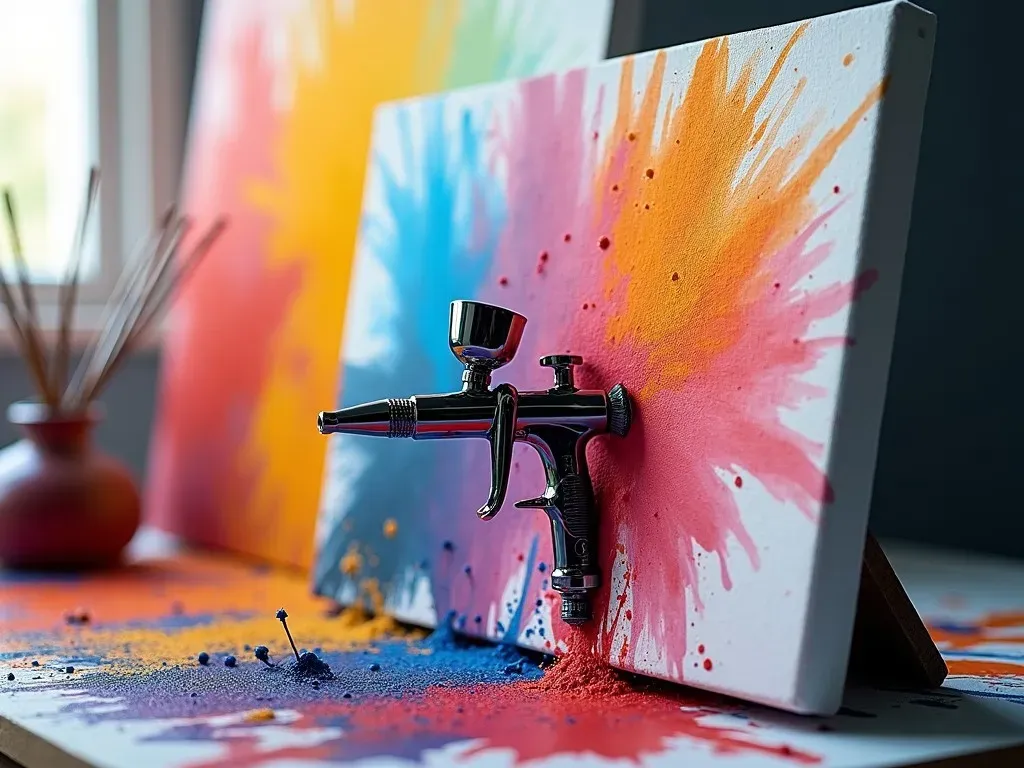
7. Chiaroscuro
Chiaroscuro is an art technique that uses strong contrasts between light and dark to achieve a sense of volume in modeling three-dimensional objects and figures. 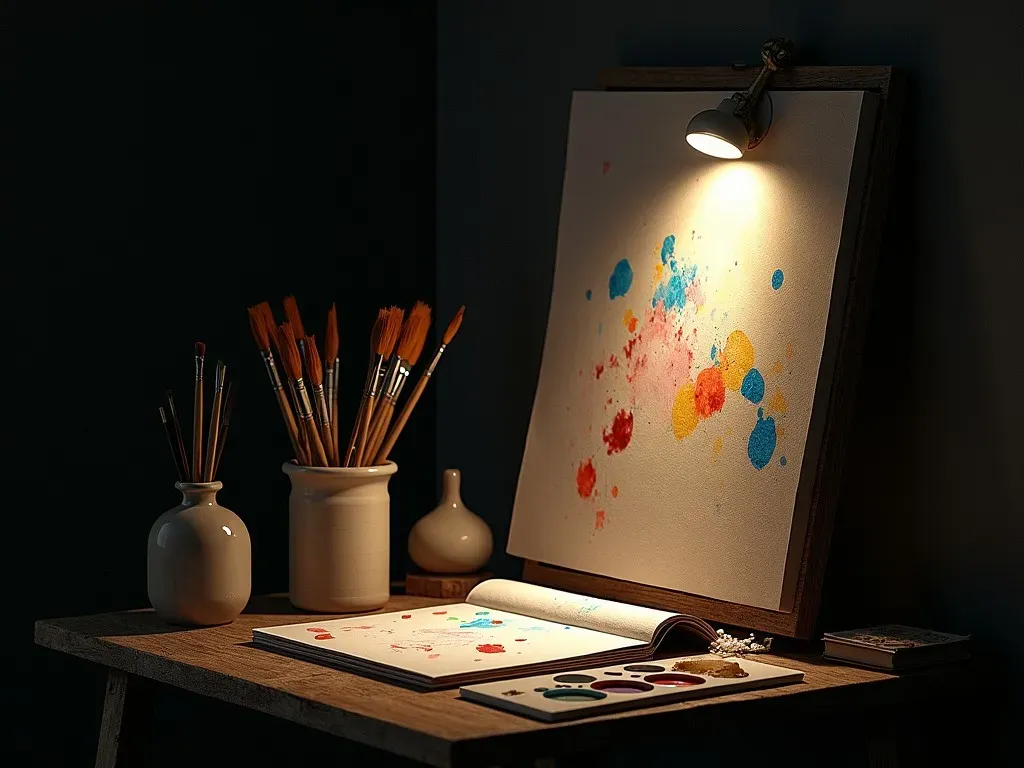
8. Fresco
A traditional mural painting technique, fresco involves applying water-based pigments onto freshly laid wet plaster, resulting in a vibrant and durable finish. 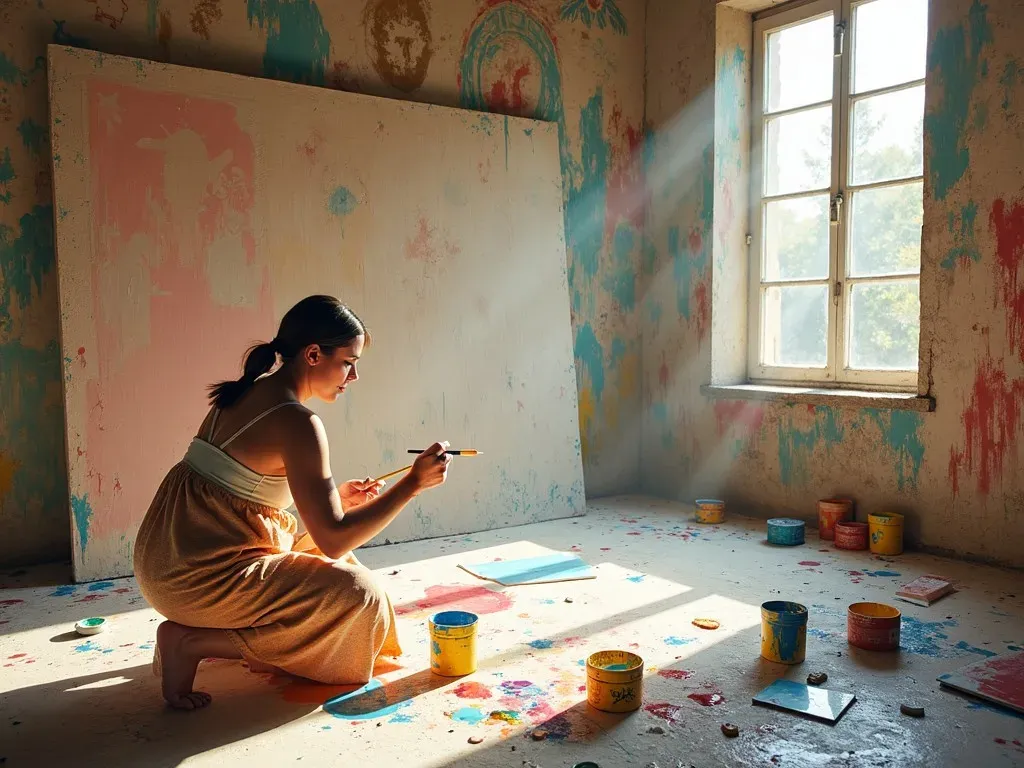
9. Masking
This technique entails applying tape or fluid masking agents to protect areas of the canvas while painting others. It allows for sharp lines and defined shapes in the artwork. 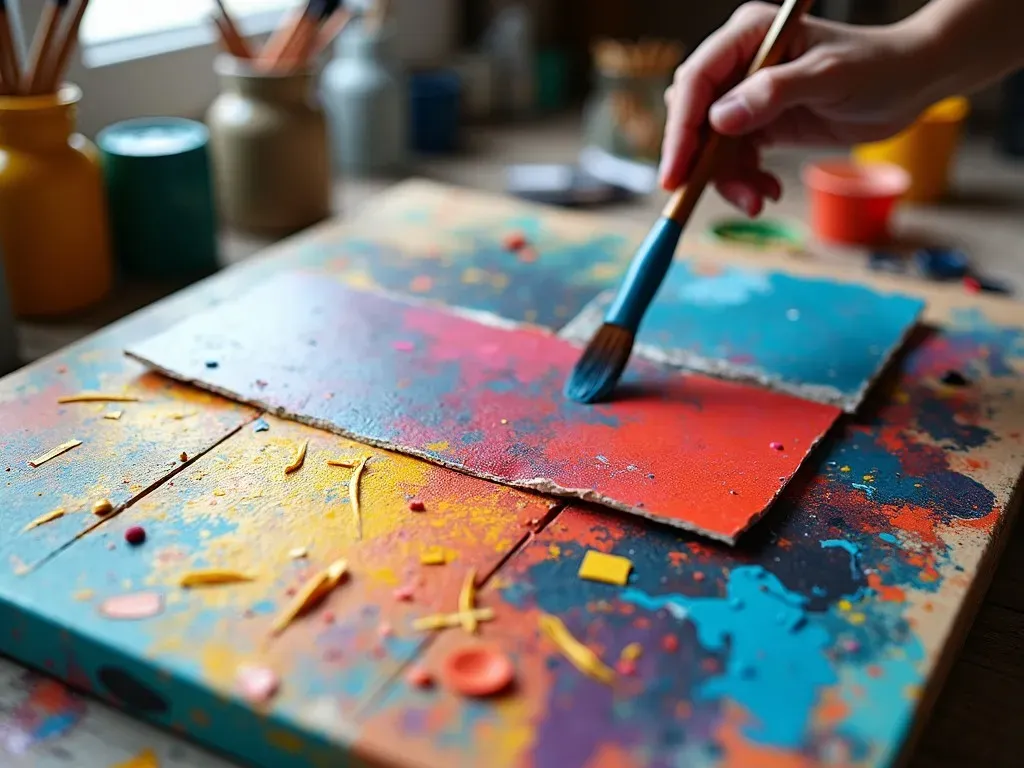
10. Resist Techniques
By using wax or tape to cover parts of the painting surface, artists can create highlights or retain areas of color, leading to intricate patterns. 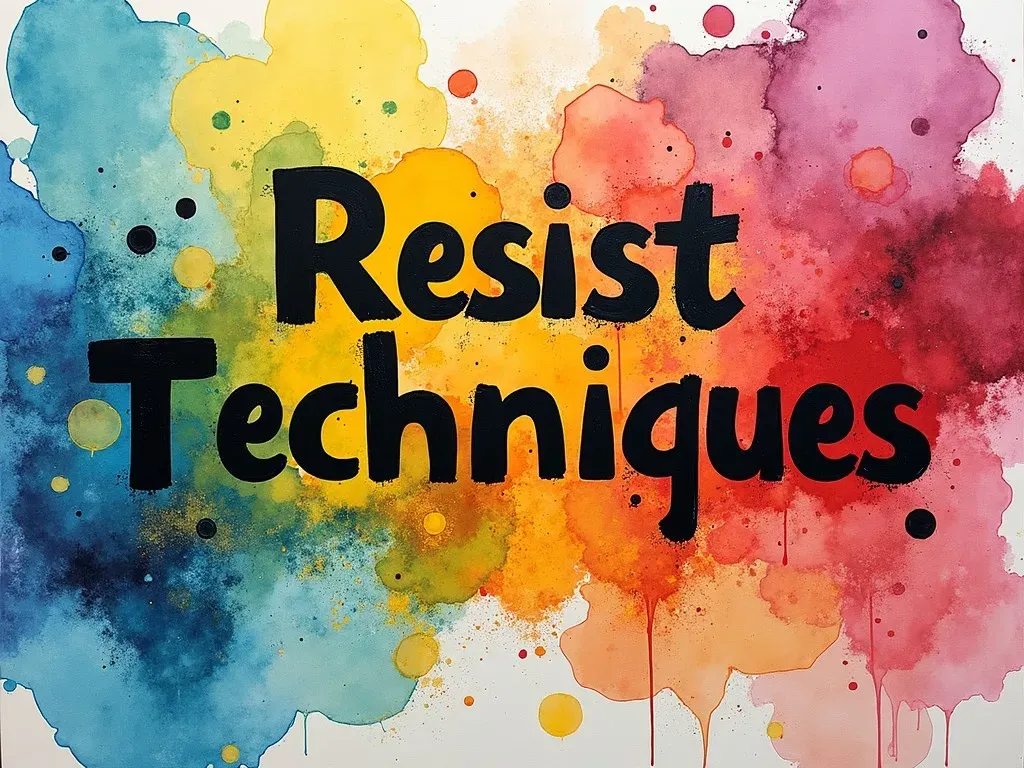
Reference Video
The Impact of Techniques on Artistic Expression
Each artwork technique carries inherent advantages that influence the final output. For instance, using watercolor washes can evoke tranquility, while impasto might convey vibrancy and energy. Choosing the correct technique is essential in developing one’s unique artistic voice.
Facts & Figures
- 90% of artists believe that experimenting with new techniques significantly enhances their skill set.
- 67% of visual art students find practical application of different techniques vital to their educational experience.
- Artists with diverse techniques in their portfolio have a 33% higher rate of commissions and sales.
| Statistic | Percentage |
|---|---|
| Artists valuing new techniques | 90% |
| Visual arts students valuing practice | 67% |
| Diverse technique portfolios | 33% |
FAQs about Artwork Techniques
Q1: What is the best technique for beginners?
A1: Acrylic pouring and impasto techniques are both ideal for beginners due to their simplicity and forgiving nature.
Q2: Can I combine different techniques?
A2: Absolutely! Many artists integrate various techniques to enhance their visual storytelling and to explore new creative avenues.
Q3: How do I choose the right technique for my artwork?
A3: Consider the message or emotion you wish to convey. Research different techniques and experiment to see which resonates best with your artistic vision.
Q4: Is it necessary to master all techniques?
A4: Mastery of all techniques is not necessary. Focus on a few that align with your style and interests, then build upon them as your skills develop.
Finding the right combination of artwork techniques can unlock your creative potential. Whether you are a seasoned artist or just starting, exploring these various methods can offer exciting new discoveries in your artistic journey. For more in-depth tutorials on painting techniques, visit Creative Bloq.

